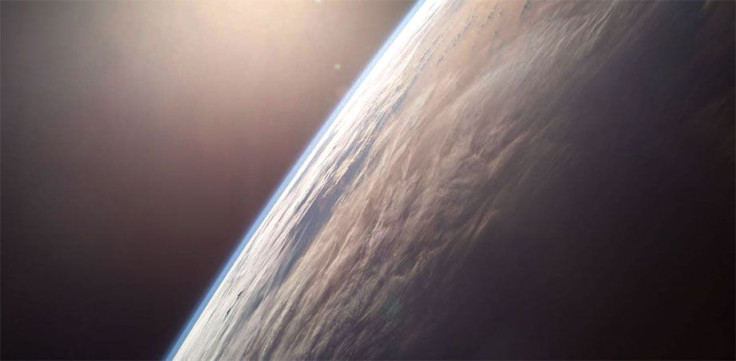Atmospheric Antacid: Aerosols Can Cool Earth Temperatures, Fix Ozone Layer

As the climate changes drastically and at an unprecedented rate under the onslaught of human activity, the average temperature on Earth is rising rapidly, and it seems almost impossible to keep to the 1.5 degree Celsius, or even the less ambitious 2 degree Celsius, temperature rise agreed to in the Paris Climate Agreement. Carbon emissions can be reduced only a finite amount, and they can only help so much.
Which is why scientists are thinking of ways to supplement the efforts. And one of the things they are considering is geoengineering.
Researchers from Harvard University are looking into what they themselves call a “drastic idea” — solar geoengineering — which involves “injecting light-reflecting sulfate aerosols into the stratosphere to cool the planet.”
Large volcanic eruptions spew huge amounts of sulfate aerosols into the atmosphere, which has been observed to have a cooling effect on Earth. However, those aerosols form sulfuric acid, which in turn damages the ozone layer.
David Keith and Frank Keutsch from Harvard led the research, which took the approach of choosing highly reactive aerosols that would not harm the ozone layer. And after systematically going through the periodic table, they were left with alkali and alkaline Earth metals, including sodium and calcium carbonate.
“Essentially, we ended up with an antacid for the stratosphere,” Keutsch said in a statement.
Then they used models of the stratosphere and tweaking the chemistry, found that calcite, one of the most common compounds in Earth’s crust, could prevent ozone destruction “by neutralizing emissions-borne acids in the atmosphere, while also reflecting light and cooling the planet.”
While the research sounds promising, it is far from complete and both Keith and Keutsch had words of caution.
“Stratospheric chemistry is complicated and we don’t understand everything about it. There are ways that this approach could increase global ozone but at the same time, because of the climate dynamics in the polar regions, increase the ozone hole,” Keith said.
The study about the research was published in the Proceedings of the National Academy of Sciences under the title “Stratospheric solar geoengineering without ozone loss.”
© Copyright IBTimes 2025. All rights reserved.





















